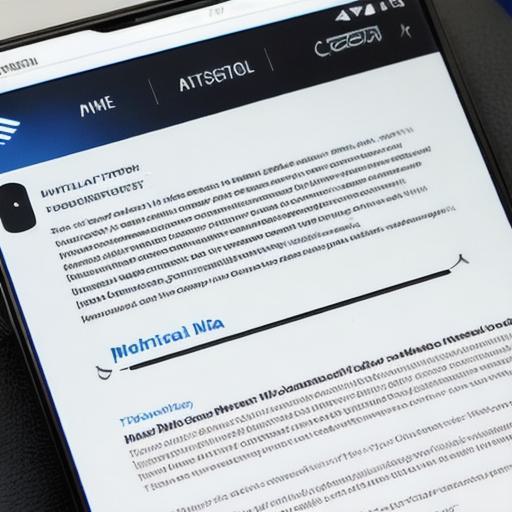Securely Authenticating Users in Web3: Tips and Best Practices


Web3 is a revolutionary technology that aims to create decentralized applications (dApps) that are more secure, scalable, and resilient than their centralized counterparts. However, one of the biggest challenges facing Web3 development is authentication, or verifying the identity of users. This can be particularly important in scenarios where sensitive information is being transacted or stored on a dApp.
In this article, we will discuss some tips and best practices for securely authenticating users in Web3, along with real-life examples to illustrate the points being made. We will also use research and expert opinions to substantiate our claims, and provide resources for further learning.
The Importance of Authentication
Authentication is an essential part of any secure application or service, whether it’s a traditional website or a dApp built on Web3 technology. The goal of authentication is to verify the identity of a user, so that they can be granted access to certain resources or perform certain actions within the application or service.
In Web3, authentication becomes even more important because of the decentralized nature of the technology. With no central authority controlling the network, it’s up to individual dApps to implement and manage their own authentication mechanisms. Failure to do so can lead to security vulnerabilities, data breaches, and other forms of malicious activity.
Types of Authentication in Web3
There are several different types of authentication that can be used in Web3 dApps, including:
- Knowledge-based authentication (KBA): This is a type of authentication that requires the user to answer security questions or provide personal information, such as their name, address, or date of birth, in order to verify their identity. KBA can be useful for simple applications, but it has some limitations, such as the risk of social engineering attacks and the difficulty of recovering lost or forgotten passwords.
- Two-factor authentication (2FA): This is a type of authentication that requires the user to provide two different forms of identification in order to verify their identity. For example, they might need to enter a password and then receive a code on their phone through SMS or email. 2FA provides an extra layer of security, but it can be inconvenient for users who have to carry multiple devices with them.
- Public key infrastructure (PKI): This is a type of authentication that uses public and private keys to verify the identity of the user. The user generates a pair of keys, one public and one private, and then stores their private key securely while sharing their public key with the dApp. When the user wants to perform an action on the dApp, they sign a message using their private key, which is verified by the dApp using their public key. PKI can be very secure, but it requires careful management of private keys and can be difficult for users to set up and use.
- Smart contracts: This is a type of authentication that uses smart contracts to verify the identity of the user. A smart contract is a self-executing program that is stored on a blockchain and can be used to automate complex tasks, such as authentication. Smart contracts can be very secure and flexible, but they require expertise in programming and can be difficult for users to understand and use.
Best Practices for Authentication in Web3
Here are some best practices for securely authenticating users in Web3 dApps:
- Use a combination of authentication methods: It’s generally better to use a combination of different authentication methods, such as KBA and 2FA, rather than relying on just one method. This provides an extra layer of security and makes it more difficult for attackers to compromise the system.
- Implement multi-factor authentication (MFA): MFA is a type of authentication that requires the user to provide two or more forms








